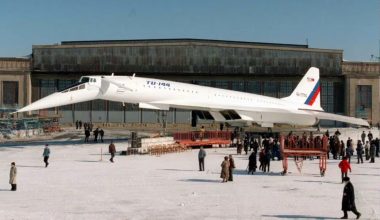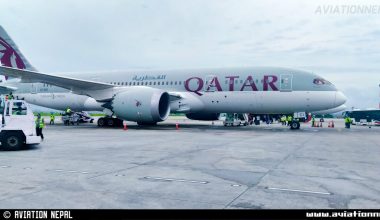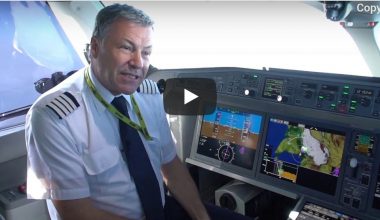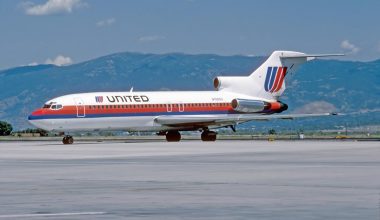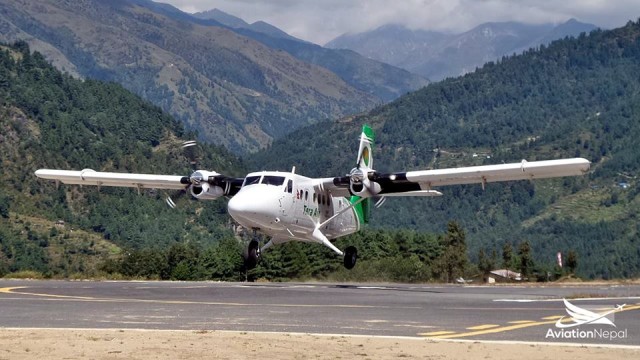
Instability and Airplane Spin
When a plane is taking off or landing down, most of the passengers feel uneasy then what will happen if the flight will go to other pitching or rolling or yawing motion or even their combinations. This statement justifies stability as an indispensable requirement of the flight in older days as well as at present. There are generally three types of motion of an airplane: pitch with nose up and down, roll with body rotating clockwise or counterclockwise about longitudinal axis and finally yaw with nose rotating left or right about vertical axis. Associated with these are three kinds of stability: static longitudinal, static directional and lateral stabilities respectively. And an airplane respectively has elevator (horizontal stabilizer), rudder (vertical stabilizer) and wings to perform the job.
Opposed to the stability criterion, during the war time, instability or properly speaking, maneuverability became the important factor. In order to escape from being the target of the enemies, the plane would have to change their position so swiftly, then came the need of maneuverability. And the instabilities which were unintentional, now become the essential and intentional part. Contrary to the stable dihedral wings, military aircraft started using anhedral wings and other similar modifications and advancements were started being applied. Now, speaking about the maneuvers, there are many types: chandelle, Cuban eight, half Cuban eight, reverse half Cuban eight, hammerhead, immelmann, split s, vertical up, 450 up line, inside loop, outside loop, English bunt, erect spin, inverted spin, flat spin, bell tailside, snap roll, flick roll and many others.

Airplane Spin which can be both intentional and unintentional was not understood in old days and caused many accidents. The unknown procedures and a pilot’s instinct to pull back on the stick would only make the spin much worse. Then their studies from both theoretical and experimental aspects were conducted. Now the spins are understood to be the combination of all pitch, roll and yaw motion. The failure of both engines simultaneously in a two-engine aircraft is merely a very rare coincidence and so when a single engine fails then the failed wing stall and loses its lift that the plane rolls toward the failed wing and the failed wing’s drag increases so drastically that the plane yaw toward the failed wing. The loss of lift by a wing also results in the nose down tendency and the plane starts to lose height in spinning motion in a helical path. This is the concept of spin maneuver. Contrary to airplane spin, spiral dive doesn’t require engine to be failed and it can be distinguished from spin in the fact that it follows the spiral path while losing its altitude. A spin starts for the low air speed and operations of the wings beyond stalling angle while a spiral dive happens for the random, increasing roll and airspeed. When a high amount of roll has been achieved, the lift is insufficient to support the airplane and the nose drop with speed increasing and the plane enters a spiral dive. Depending upon the angle made by longitudinal axis of the plane with the horizontal, the spins are flat with small angles and steep with large angles both within the range of 00 to 900. For a flat spin, the helix radius is smaller while it is larger for steep spin.
The spin is maintained by keeping full rudder and control column fully aft. The inadvertent relaxation of any of these controls could result in the development of a nose down spiral dive. During the first two to three turns, the spin accelerates until the aerodynamic forces are balanced by the centrifugal and gyroscopic inertial forces produced by the mass of the airframe. Beyond this point, the rotation rates tend to be more stable. Spin recovery requires that the balance of aerodynamic, gyroscopic and centrifugal forces be done by a combination of control inputs which generate aerodynamic forces to oppose the spin. The spin is entered by stalling and applying yaw to the aircraft, therefore it must be recovered by correcting the yaw and unstalling the wings.
Instability is fatal when unintentional and less fatal if intentional so all recovery techniques are prerequisites for the performer of the art.
Article by; Janak Kumar Tharu
4th Year B.E. Undergraduate Student
Aerospace Engineering Elective
Department of Mechanical Engineering
IOE, Pulchowk.


